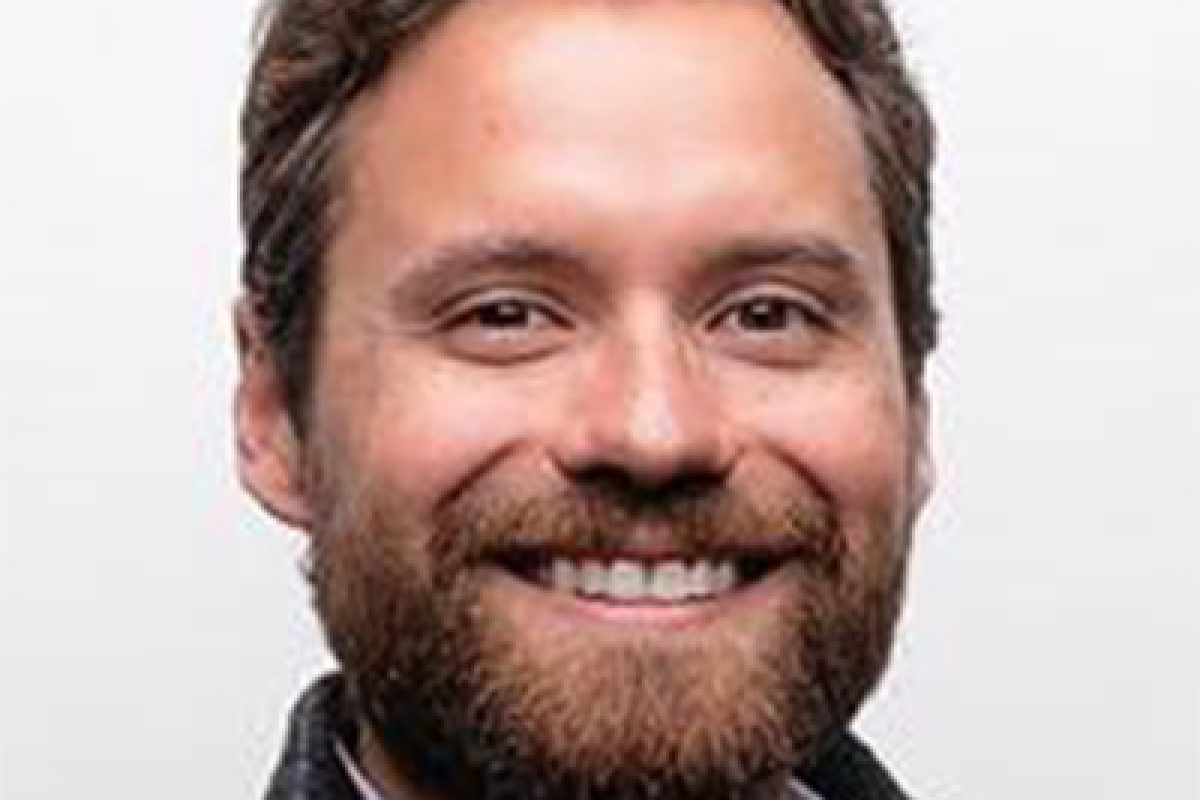Ji Yi
Dr. Ji Yi led a Biophotonics lab to develop cutting-edge optical imaging methods to characterize complex biological tissues. The lab strives for high-speed, large scale volumetric reconstruction of dynamics systems, to characterize, phenotype, and reveal the fundamental mechanisms underlying development and pathology. Using real-time imaging, Dr.Yi’s lab integrates seamlessly with TTEC by quantifying structural and functional integration of tissue and cell engineering approaches in native tissues for regeneration or repair.
Yun Chen
Dr. Chen’s current research is focused in the following three areas: [1] Developing tools to measure key parameters in mechanobiology; [2] Understanding the fundamental biophysical mechanisms that contribute to diseases and aging process; [3] Applying knowledge gained from basic mechanobiology research to clinical applications. The three research foci are interconnected: we develop measurement tools to quantitatively characterize biophysical phenomena, such as axial stiffness of twisted DNA strands, differential force generation profiles and viscoelasticity of diseased and senescent cells compared to their normal counterparts, and identify the underlying mechanisms for such difference, which can be exploited for disease diagnosis, treatment and manufacturing biomaterials to repair or replace damaged tissues due to aging and/or pathologies.
Tim Weihs
My research focuses on the development of biodegradable materials for bone fixation, bone defects, arterial stents, and drug delivery with a particular emphasis on orthopedic applications and biodegradable Mg alloys.
Reza Kalhor
The Kalhor lab seeks to understand how genetic and environmental factors alter cell fate in development to affect adult phenotype or cause diseases. We develop: (A) molecular technologies for mapping and engineering cell fate decisions, (B) spatial and single-cell sequencing strategies to characterize the spatiotemporal changes of tissues during development, and (C) computational methods to reconstruct developmental processes by integrating genomically recorded and spatially extracted information. These approaches synergize with the foundational pillars of TTEC to characterize and engineer cell and tissue behavior to advance healthy aging, precision medicine, and disease modeling.





